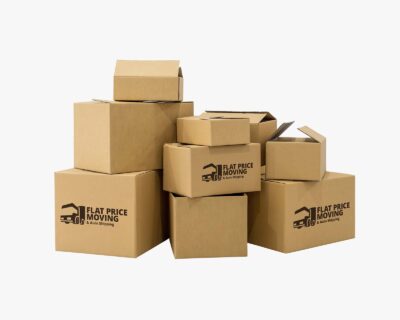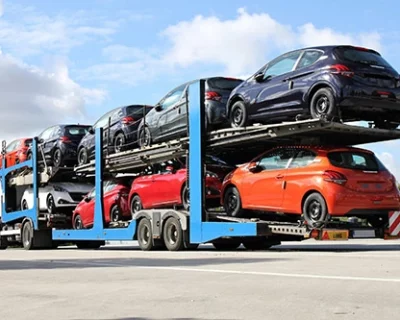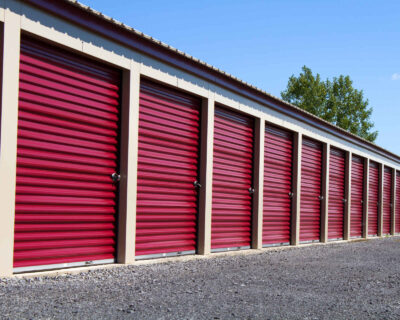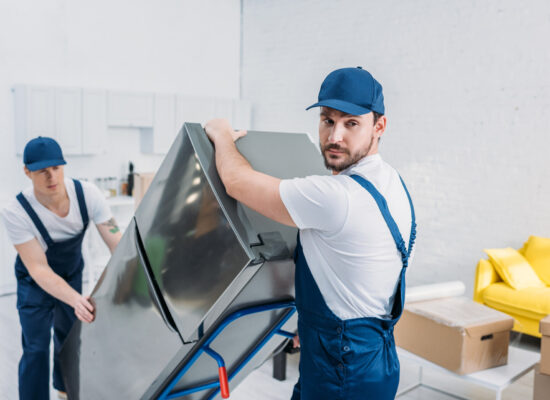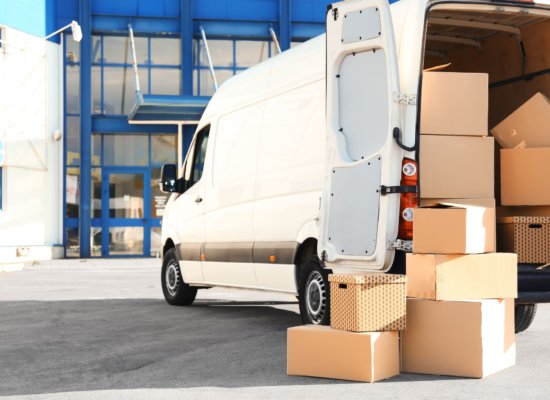How to Move Appliances – Tips and Tricks for Packing Your Household Belongings
Appliances are often heavy, awkwardly shaped, fragile, and usually require extra care during a relocation. So, when it comes to learning how to move appliances safely, it’s all about preparation, strategy, and the right tools. From disconnecting them properly to wrapping every fragile piece with care, there’s an art to moving these big-ticket items. Luckily, we are here to help you master the process and avoid unnecessary repair bills.
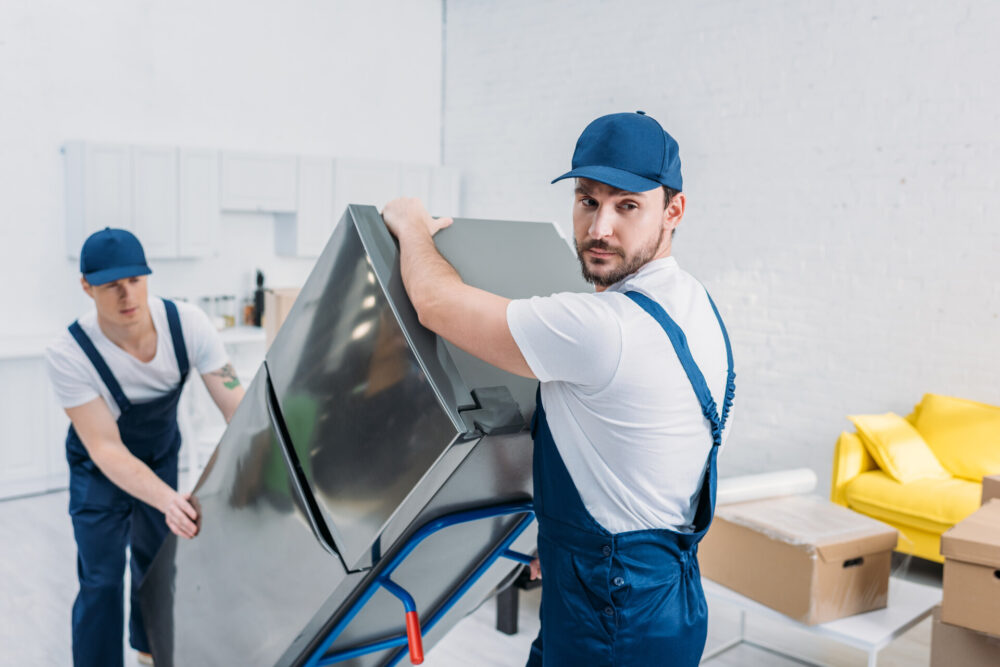
How to Move Appliances Easily Across the Country?
Start by disconnecting, draining, and cleaning all machines and kitchen gadgets to avoid leaks and damage. Pack them carefully with suitable materials and protect delicate components like glass doors or control panels. For larger items like refrigerators and washing machines, it’s crucial to keep them upright and ensure they’re properly secured in the truck. By following these steps or simply relying on experts, you can ensure each of your appliances arrives at your new home in perfect condition.
Understanding the Complexity of Appliance Relocation
The essential household machines, such as fridges, washers, or ovens, come with specific challenges that can easily be overlooked in the chaos of interstate relocation. The complexity of appliance relocation lies in both their size and sensitivity. Without proper planning, you risk damaging not only the appliance but also the floors, walls, and even yourself in the process.
Relocating large items such as these is a logistical puzzle. These machines are heavy, bulky, and often awkward to maneuver through doorways, stairs, and tight spaces. Therefore, it’s necessary to use proper equipment or techniques to avoid injuries or property damage.
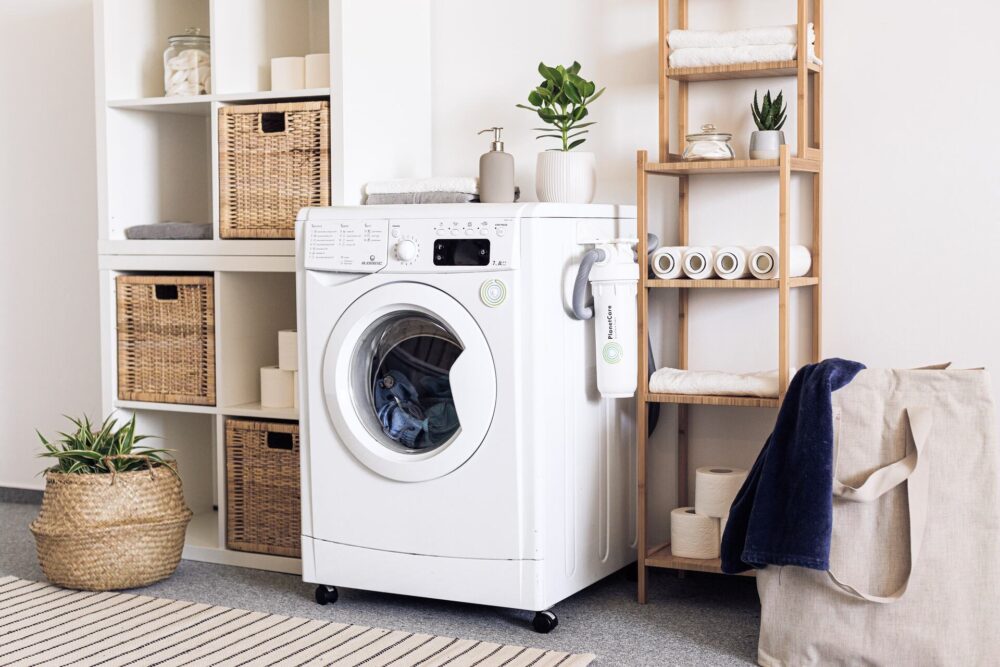
The Essential Pre-Relocation Steps
One of the golden rules when preparing to move home machines and gadgets is ensuring they’re properly disconnected, defrosted, and drained. It’s tempting to leave things plugged in until the last minute, but this can lead to headaches down the road.
For refrigerators and freezers, start defrosting at least 24 to 48 hours before the relocation day. This prevents water leakage during transit and allows you to clean out any remaining ice. Leave the doors open once defrosted to let air circulate.
*The first electric washing machine was named Thor
Washing machines and dishwashers must be thoroughly drained. Remove and empty all hoses to prevent leaks. It’s also a good idea to let these machines air out for a day or two after draining to avoid mold buildup during transport. When dealing with gas-powered items like ovens or dryers, make sure to shut off the gas lines properly.
The Importance of Cleaning Appliances Before Cross-Country Moving
Nobody likes unpacking a sticky, greasy, or moldy appliance in their new home. Therefore, dealing with home machines and devices should be a part of your move-out cleaning. Wipe down refrigerators and freezers after defrosting, paying close attention to shelves, drawers, and door seals.
For ovens and microwaves, make sure to clean any burnt residue, grease, or food particles. Take out dishwashing filters and give them a good scrub, as well. If you’re relocating a washing machine, run a cleaning cycle or wipe down the drum with a soft cloth to remove any detergent buildup.
Labeling Components – Avoid the Scramble at Your New Place
One of the most frustrating parts of unpacking home devices is realizing that essential components, like shelves, trays, or hoses, have mysteriously gone missing or are mixed up in boxes. To avoid this chaos, use relocation labels for each component as you disassemble your appliances.

Must-Have Materials for Safely Relocating Appliances
Relocating large household machines isn’t as simple as just loading them onto a truck. Ensuring these valuable items are protected during the relocation requires the right packaging materials and equipment. If you don’t plan on getting packing services, here is a list of the essentials you’ll need to gather to ensure a smooth, safe appliance relocation:
- Moving blankets and pads – they provide a thick layer of protection for machines, preventing scratches and dents during transport.
- Appliance dolly – it’s a wheeled platform that allows you to easily move heavy items without lifting, reducing the risk of injury and damage.
- Moving straps – they allow you to distribute the weight of heavy items, making it easier to lift and maneuver large objects safely through tight spaces.
- Plastic stretch wrap – it wraps around small and large machines to keep doors, shelves, and components secure, preventing them from shifting or opening.
- Packing tape – strong tape is used to secure blankets, bubble wrap, or cords, ensuring everything stays in place during transportation.
- Cushioning materials – materials such as packing paper or bubble wrap are needed for packing fragile items since they provide extra protection.
- Furniture sliders – these pads fit under heavy objects and make it easy to slide them across floors without causing scratches or damage.
- Heavy-duty boxes or crates – you’ll need sturdy containers for packing smaller devices and kitchen gadgets.
- Foam padding or corner protectors – they can cushion sharp edges and protect delicate corners.
- Zip ties – perfect for bundling cables and hoses, keeping them organized and preventing tangling.
- Gloves and protective gear – they are essential for protecting your hands and ensuring a better grip for relocating heavy items.
- Measuring tape – a tool to help you determine whether machines will fit through doorways and in relocation trucks, allowing you to plan the most efficient route.
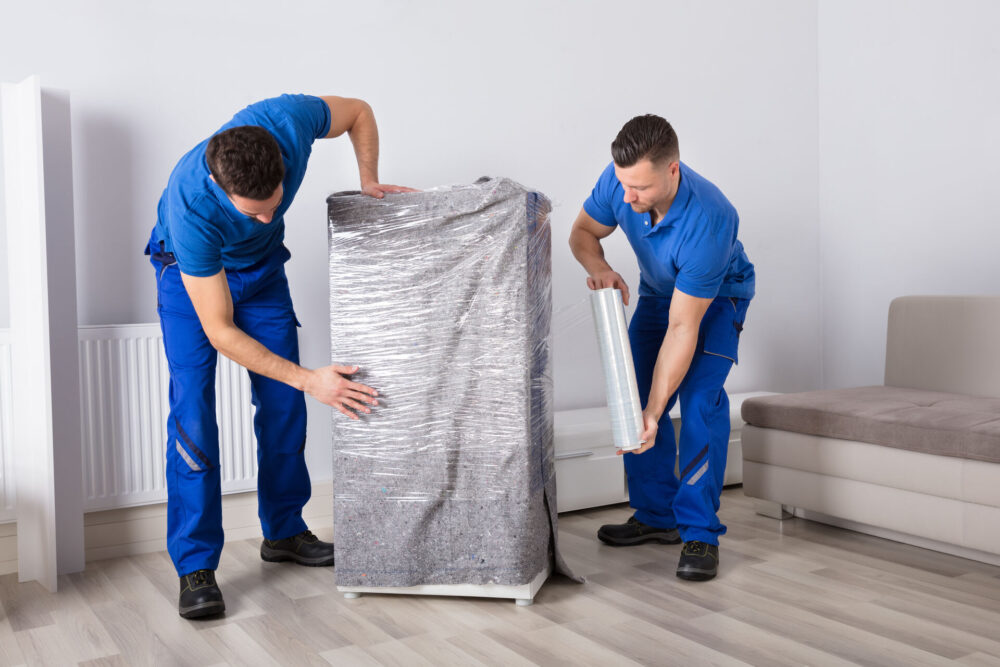
Packing Specific Appliances Like a Pro
Each appliance comes with its own set of challenges that require careful handling when organizing a move. But with the right approach and packing tools, you can ensure your machines and devices arrive at your new home safe and sound, ready to jump back into action. Here’s how to move heavy appliances worry-free.
Refrigerators – Safeguard the Heart of Your Kitchen
Relocating a refrigerator can be very challenging due to its size and internal components. Once you defrost and clean it, remove all shelves and drawers and wrap them in bubble wrap for protection. Secure the fridge doors with plastic stretch wrap or straps, making sure they remain closed. Finally, always keep the refrigerator upright during transport to prevent damage to the compressor.
Washing Machines and Dryers – Avoid Waterlogged Mishaps
Securing the washing machine drum with shipping bolts is necessary to avoid internal damage during transit. For dryers, ensure the power source is disconnected, and if it’s gas-powered, have a professional handle the gas line disconnection. For both items, remove any lint, secure the cords, and protect the machine with relocation blankets.
Ovens – Don't Let Grime Hitch a Ride
For gas ovens, have the gas line safely disconnected by a professional. Remove and wrap any detachable parts, like racks and burners, with bubble wrap. Secure the door with stretch wrap to prevent things from breaking.
Dishwashers – Wrapping Is Key for Seamless Moving
Remove the racks, utensil holders, and any smaller detachable parts, and wrap them separately in bubble wrap. Secure the door with stretch wrap and use moving blankets to cover the entire appliance for added protection. Make sure all hoses are disconnected and packed safely to prevent damage during transport.
The Secret to Relocating Small Kitchen Devices Without a Hitch
Smaller devices might seem easier to relocate compared to their larger counterparts, but don’t be fooled by their size – these kitchen and household essentials can be surprisingly fragile. From blenders and mixers to high-tech gadgets like air fryers and coffee machines, each of these items requires specific handling to ensure they arrive at your new home in perfect working order.
When organizing packing for a move, start by removing any detachable parts such as blades, trays, or mixing bowls. Wrap these individually in bubble wrap to protect them from cracking or damage. For the main body of your blender, mixer, or toaster, use bubble wrap for maximum protection. Make sure all sides are well cushioned, especially around any buttons or levers that could break in transit.
Choose a sturdy box that is slightly larger than the appliance to allow room for cushioning materials like foam, packing paper, or bubble wrap. Place the wrapped appliance in the box and fill in any gaps with packing peanuts or crumpled paper to prevent it from shifting during transport.
Pay Special Attention to High-Tech Gadgets
High-tech kitchen items like coffee machines or air fryers are more delicate than they appear. These gadgets often come with touch screens, control panels, or sensitive mechanisms that need extra protection. Use foam padding or thick bubble wrap around these areas and pack them in sturdy boxes with plenty of cushioning to absorb any shocks during transport. Clearly mark any boxes containing high-tech items as “Fragile” to ensure they are handled with care by long-distance movers or yourself.
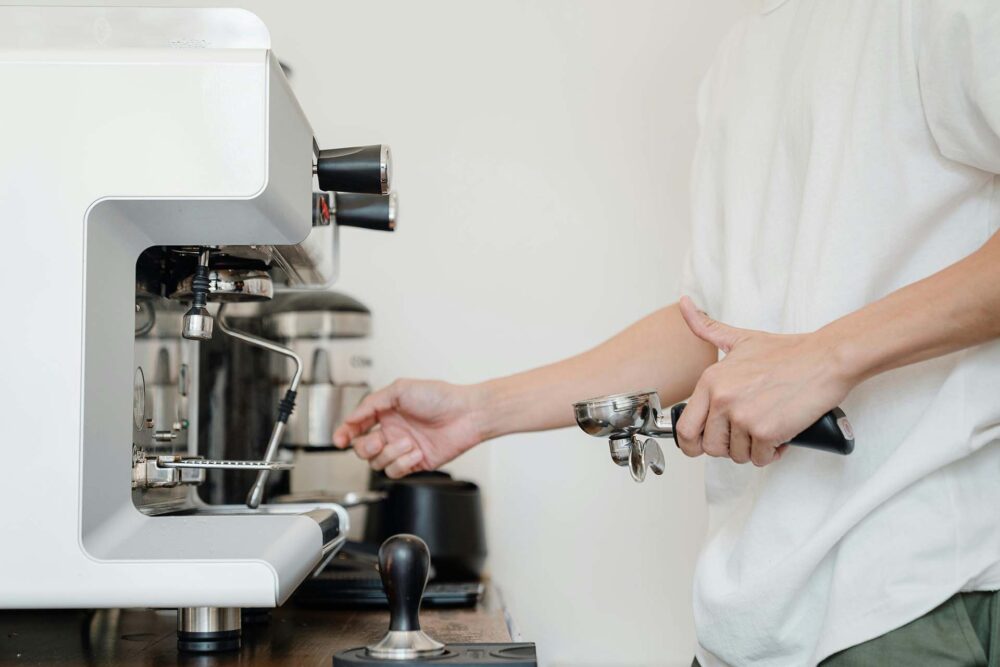
How to Load Appliances Properly Into a Relocation Truck
If you opt against hiring a long-distance moving company, you’ll need to rent a relocation truck and pack all your belongings in it. Start by placing heavier items toward the front of the truck, closest to the cab, to balance the weight. Always keep them upright and ensure there is enough padding around them to avoid bumps and scratches.
Once loaded, it’s crucial to secure your larger machines to prevent them from shifting. Use ratchet straps or moving straps to anchor the machines to the side of the truck. Loop the straps around the item and tighten them securely. Add extra padding like moving blankets between appliances to create a buffer zone and minimize movement.
Why You Should Avoid Packing Appliances into Your Car
While it may be tempting to pack smaller devices into your car to save space in the relocation truck, this approach often creates more problems than it solves. Most cars are not designed to safely transport heavy or bulky items, especially gadgets with sensitive internal components. Packing these items into your car can lead to insufficient ventilation or space to secure them properly, which increases the risk of damage.
If you wish to move safely and be saved from unnecessary damage and frustration, it’s always better to let a reliable auto transport company take over your vehicle. That leaves you or your movers to load the rest of your inventory securely into the truck.
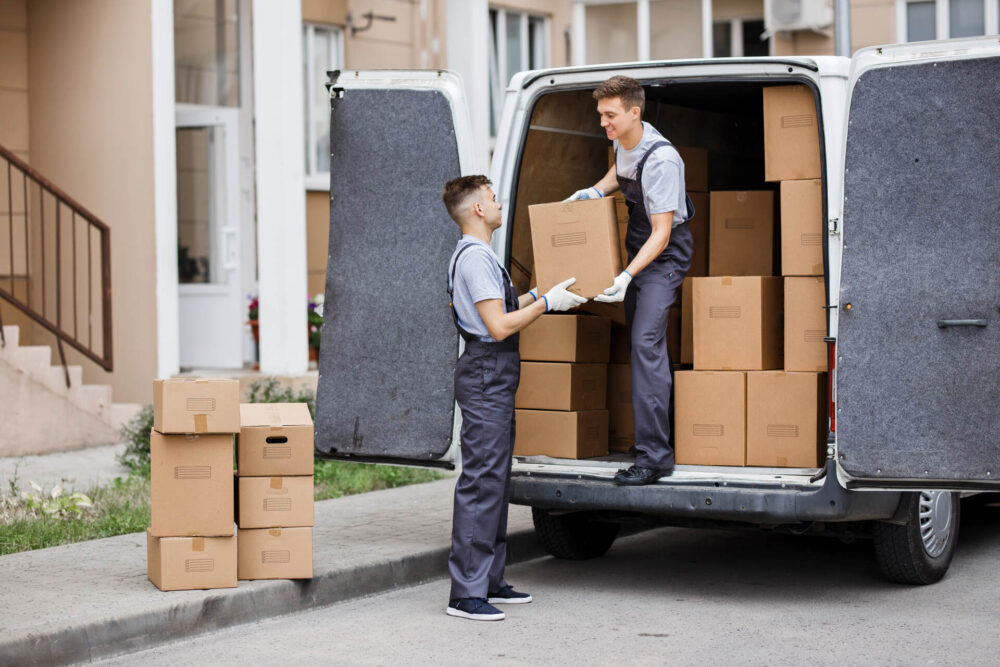
Know When to DIY and When to Call Professionals
Relocating large appliances may seem like a manageable task at first, but it often proves to be more challenging than anticipated. While DIY moves might help you save on relocation costs, they can easily lead to costly relocation mistakes. From heavy lifting that could result in injuries to damaging expensive machines during transit, the risks are high when you try to tackle it yourself.
On the other hand, professional cross-country movers, such as Flat Price Auto Transport and Moving, are trained to handle these specific challenges. They will use specialized tools and techniques to ensure that your valuable appliances are moved safely and efficiently. Getting professional long-distance moving services can give you peace of mind, knowing that your home devices are in the best hands and protected against any potential damage.
Packing Services
Our moving teams are trained to pack your belongings in the most efficient manner possible.
Read moreAuto-Transport
If your first concern is having your vehicle transported safely and efficiently, enclose shipping is the way to go.
Read moreStorage Service
Knowing what kind of surprises cross country move may hold, we offer 30 day free storage for belongings at the origin state.
Read moreHiring Flat Price Auto Transport and Moving Is Your Best Solution
Choosing the right company to handle your relocation, including heavy appliances and valuable household items, can make all the difference. At Flat Price Auto Transport and Moving, we understand the complexities of moving large items. That’s why our standard moving services cover handling your furniture and appliances at no extra cost.
With our professional team, you can avoid the hassle, stress, and potential damage that often comes with handling these bulky items on your own. Let our movers take care of every detail! Contact us today and let our moving and car shipping company help you relocate worry-free.


